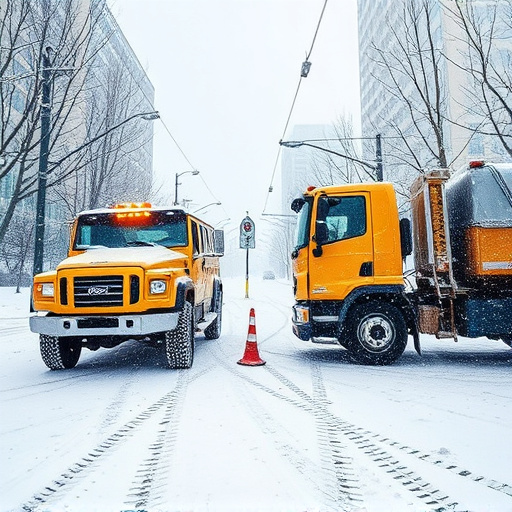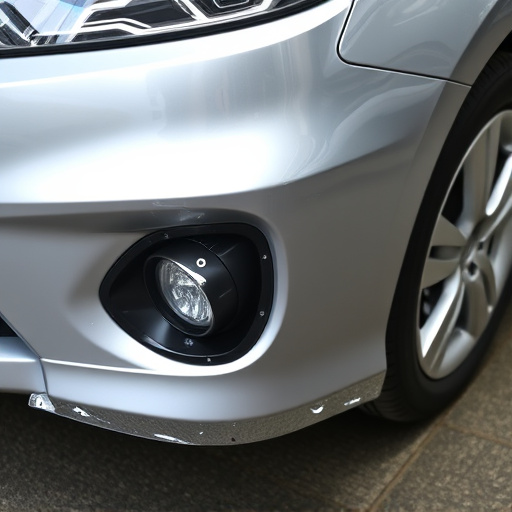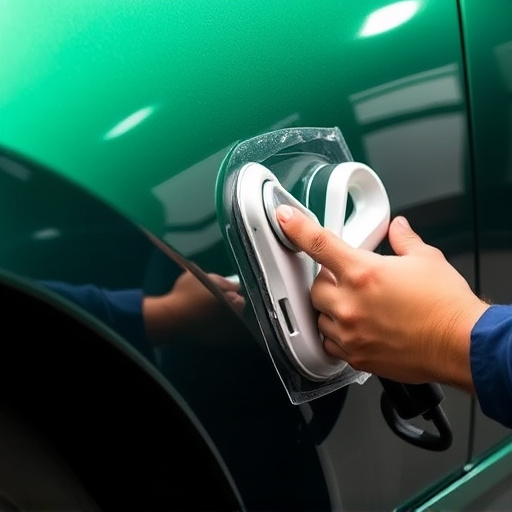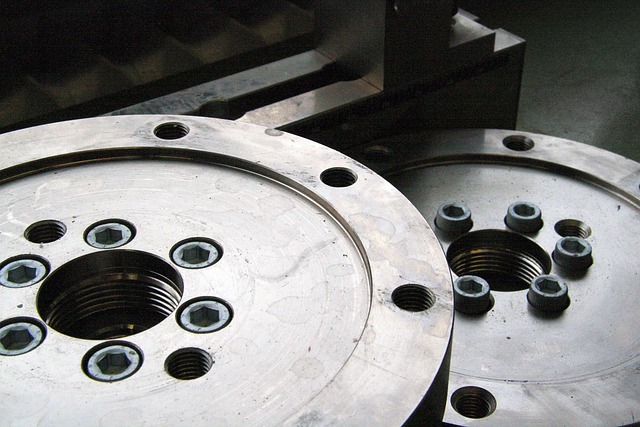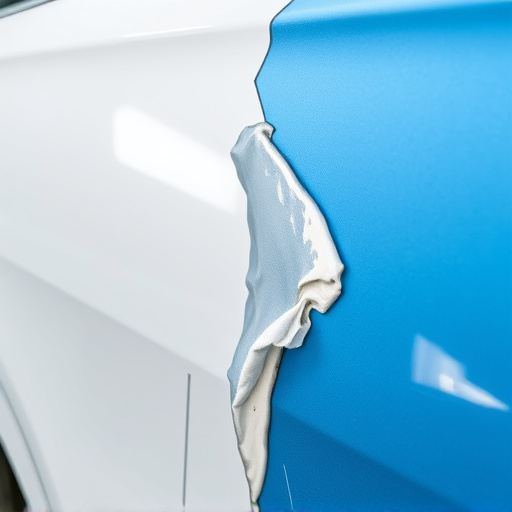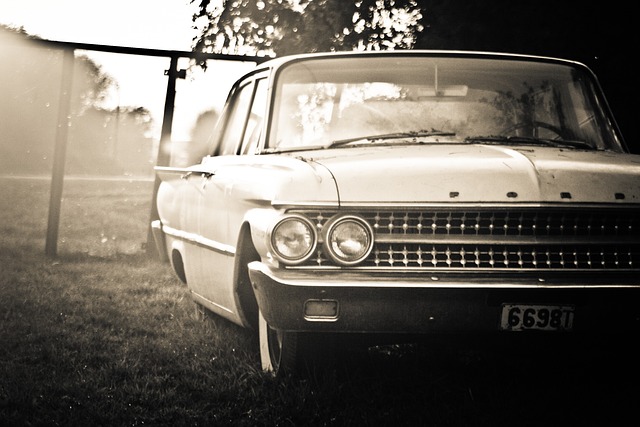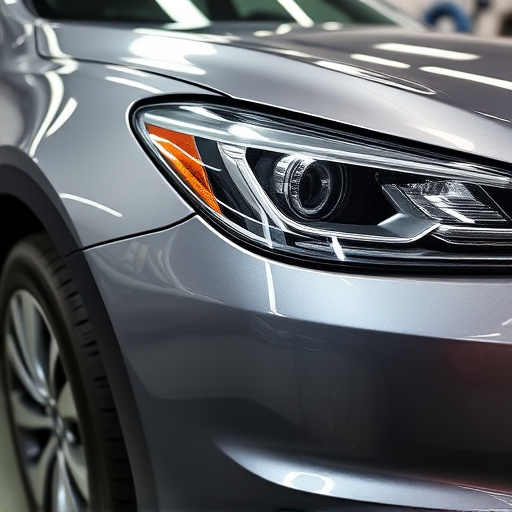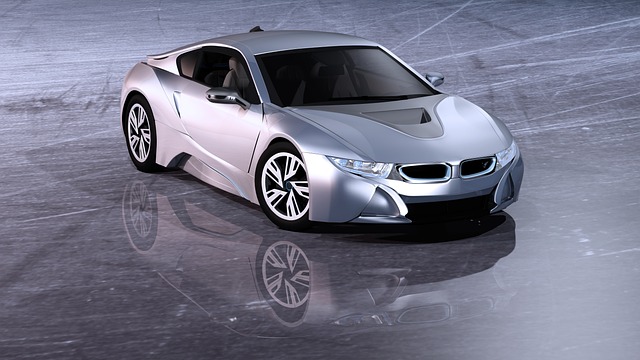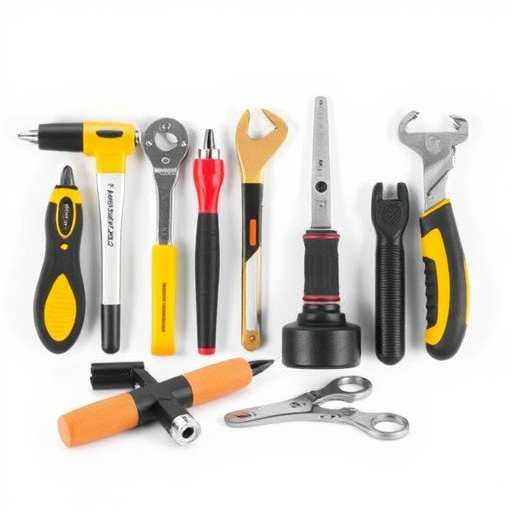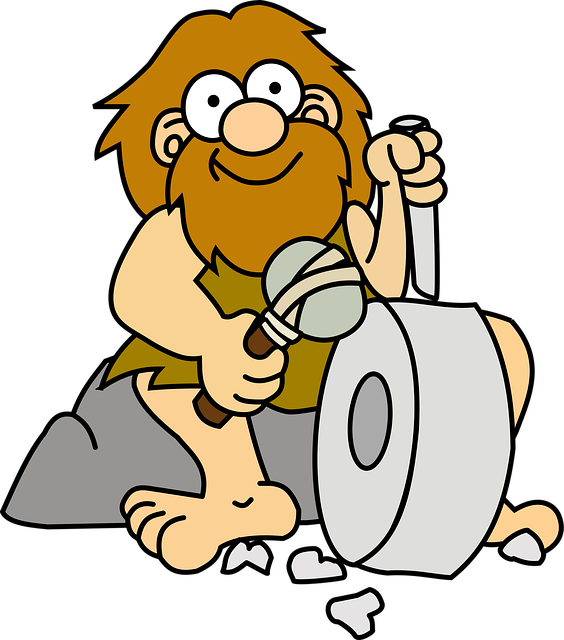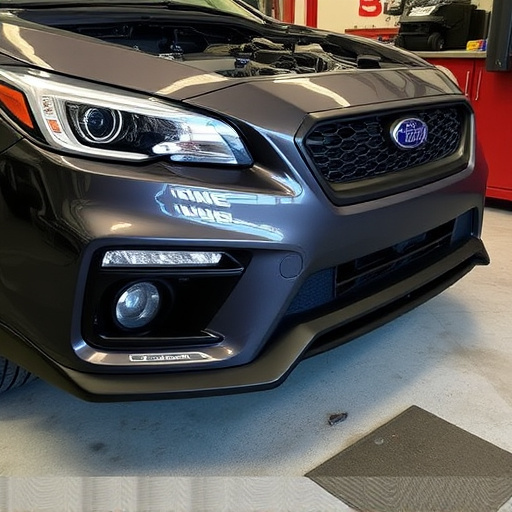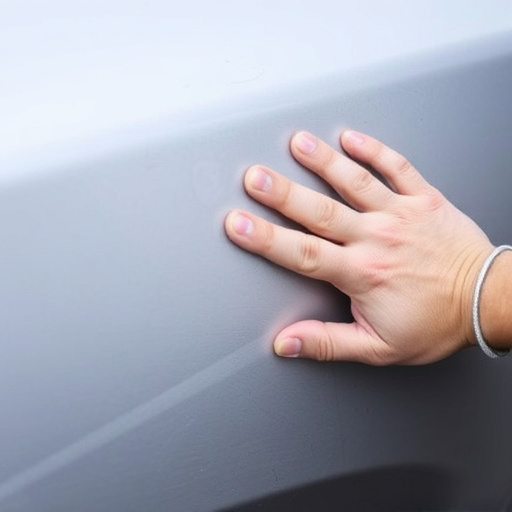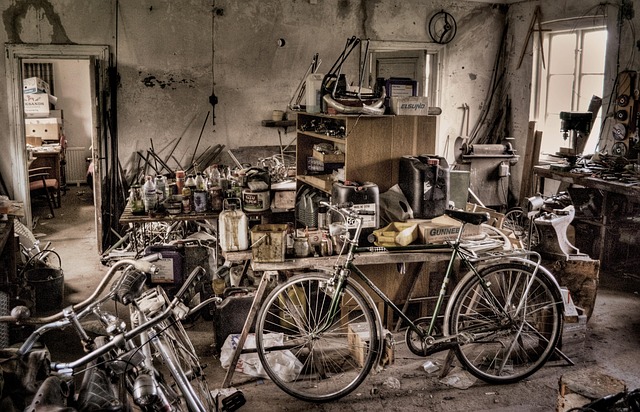Cowl panels, crucial for car safety and aesthetics, require prompt repair of damage. Choosing the right material (aluminum or steel) is essential for structural integrity and vehicle appearance. Precision engineering and expert advice from specialized auto body shops are vital for effective cowl panel replacement, especially on luxury vehicles like Mercedes-Benz, ensuring both safety and aesthetic preservation.
Cowl panel replacement is a crucial service for maintaining the aesthetic and structural integrity of aluminum and steel vehicles. This comprehensive guide delves into the essential aspects of repairing damaged cowl panels, offering a detailed step-by-step process. Understanding the types of damage and choosing the right replacement material—whether it’s lightweight aluminum or robust steel—is key to ensuring long-lasting repairs. By following these insights, vehicle owners can efficiently restore their rides, enhancing both performance and appearance.
- Understanding Cowl Panel Damage and Its Impact
- Choosing the Right Replacement Material for Aluminum and Steel Vehicles
- Step-by-Step Guide to Efficient Cowl Panel Replacement
Understanding Cowl Panel Damage and Its Impact
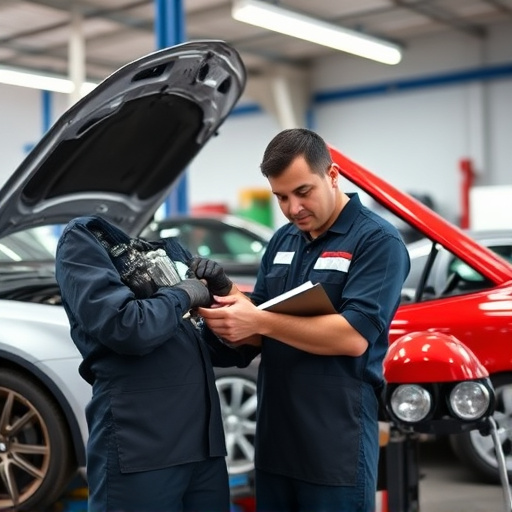
Cowl panels, located on the front of vehicles, are a significant component of both aluminum and steel car structures. They serve as crucial guards for essential components beneath them, like the engine and transmission. Over time, or due to vehicle collision repair needs, these panels can sustain damage, affecting not just their aesthetic appeal but also the overall structural integrity of the vehicle. Cracks, dents, or warping are common issues that necessitate prompt attention during regular vehicle maintenance routines.
When a cowl panel becomes damaged, whether from a minor fender bender or a more severe accident, it’s important to consider immediate car paint repair solutions. Ignoring such damage can lead to bigger problems. A compromised cowl panel can result in exposure of inner parts, compromising the vehicle’s overall safety and performance. Efficient cowl panel replacement is therefore an essential aspect of comprehensive vehicle collision repair, ensuring that your vehicle not only looks its best but also remains safe and reliable on the road.
Choosing the Right Replacement Material for Aluminum and Steel Vehicles
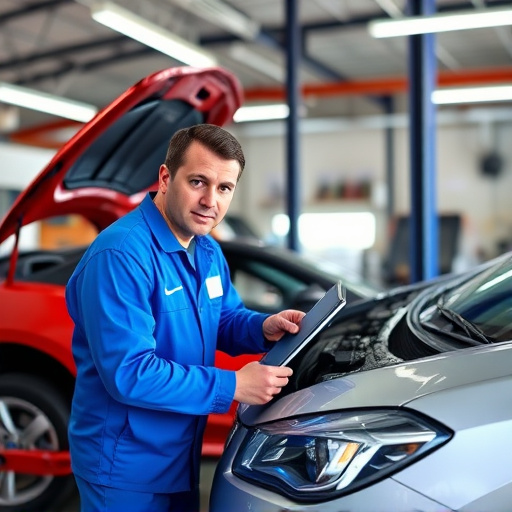
When considering a cowl panel replacement for aluminum or steel vehicles, selecting the right material is paramount. The choice between original equipment manufacturer (OEM) parts and aftermarket alternatives should factor in compatibility, durability, and cost-effectiveness. For aluminum vehicles, opting for a replacement panel made from the same lightweight metal ensures structural integrity and preserves the vehicle’s aesthetic appeal. Meanwhile, steel panels offer robust strength and protection against corrosion, making them ideal for harsher environments.
Integrating a new cowl panel seamlessly with existing components requires precision engineering. It’s crucial to consider not just physical dimensions but also the unique design nuances of the specific vehicle model. An auto body shop specializing in fender repair and vehicle dent repair services can provide expert advice, ensuring the chosen replacement material aligns perfectly with the vehicle’s overall aesthetic and structural requirements.
Step-by-Step Guide to Efficient Cowl Panel Replacement
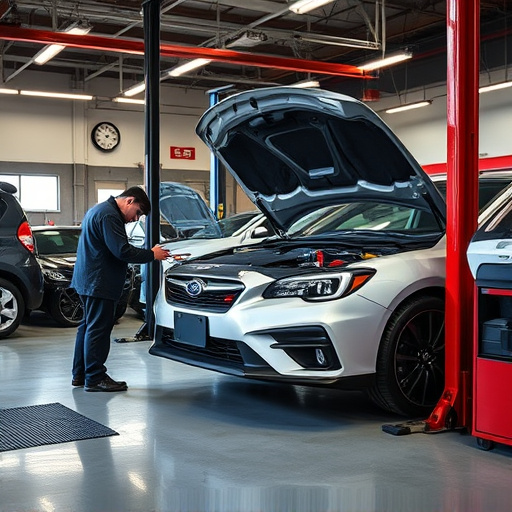
Replacing a cowl panel is an essential part of vehicle body repair, particularly for Mercedes-Benz models that often feature intricate designs and high-quality materials like aluminum and steel. Here’s a step-by-step guide to ensure efficient cowl panel replacement, focusing on both precision and quality:
1. Safety First: Ensure the vehicle is securely jacked up and supported with wheel chocks for safety during the process. This prevents any accidental movement or damage.
2. Inspection: Carefully inspect the existing cowl panel for damages, corrosion, or loose connections. Take note of any related issues in the surrounding areas, as these might need attention as well, especially in cases of Mercedes-Benz collision repair.
3. Remove Existing Panel: Using the appropriate tools and following the vehicle’s specific disassembly procedures (available through automotive body work resources), carefully remove the old cowl panel. This may involve removing other components attached to it, so have all necessary parts ready for reassembly.
4. Install New Panel: Position the new cowl panel precisely, ensuring it aligns perfectly with the vehicle’s body. Secure it using the same bolts or fastening mechanisms that came with the original panel. Double-check all connections for stability and safety.
5. Test and Adjust: After installation, test drive the vehicle to ensure the new cowl panel is secure and does not interfere with visibility or other components. Make any necessary adjustments to ensure a seamless fit.
Cowl panel replacement is not just a task but an investment in your vehicle’s aesthetics and safety. By understanding the damage, selecting the right material for aluminum or steel vehicles, and following a structured guide, you can effectively restore your car’s original look. Remember, a well-executed cowl panel replacement enhances both performance and longevity, ensuring your vehicle remains a testament to precision engineering.
